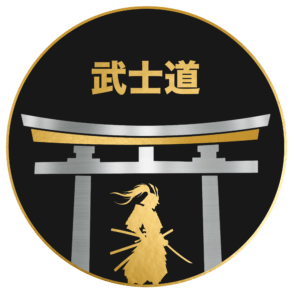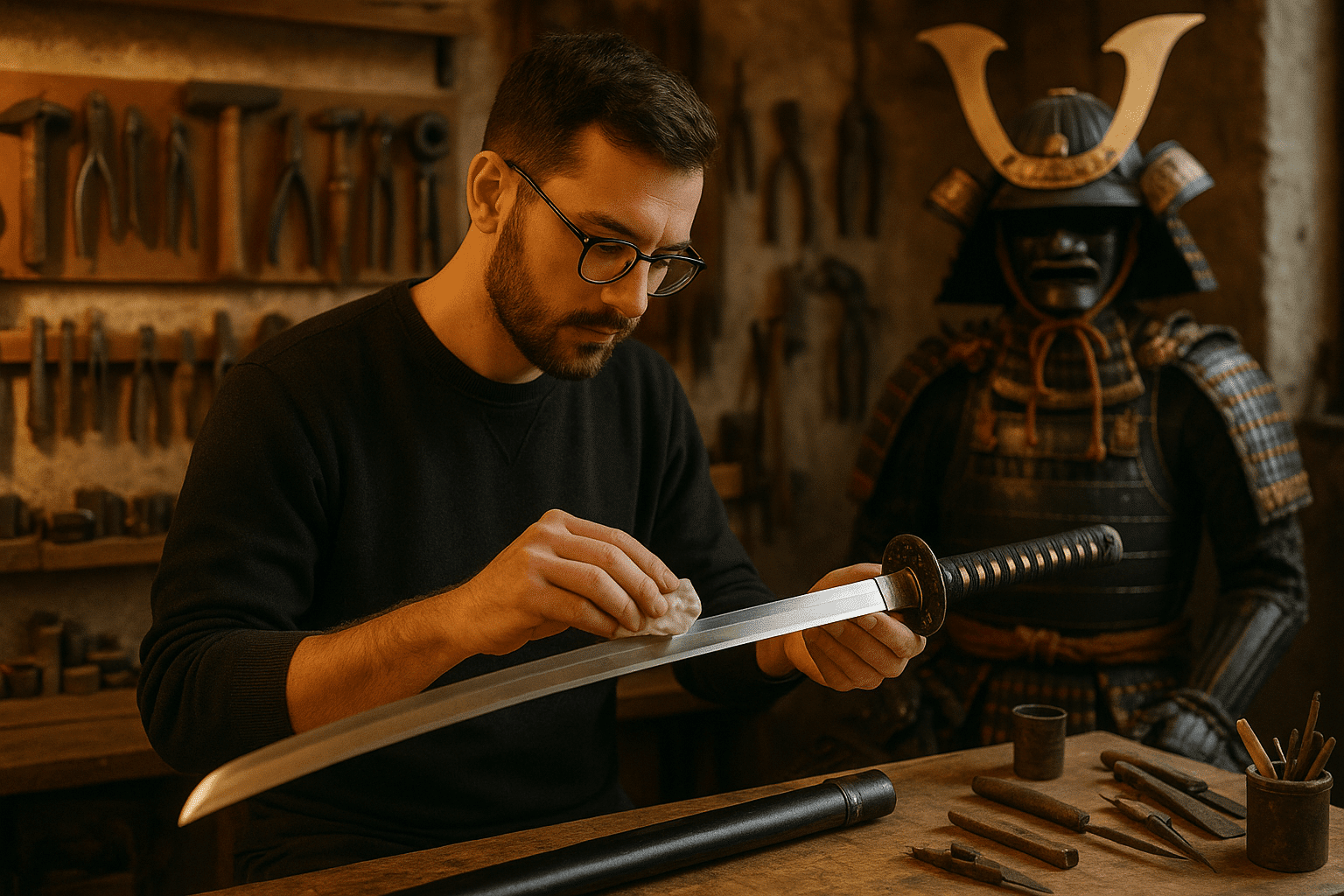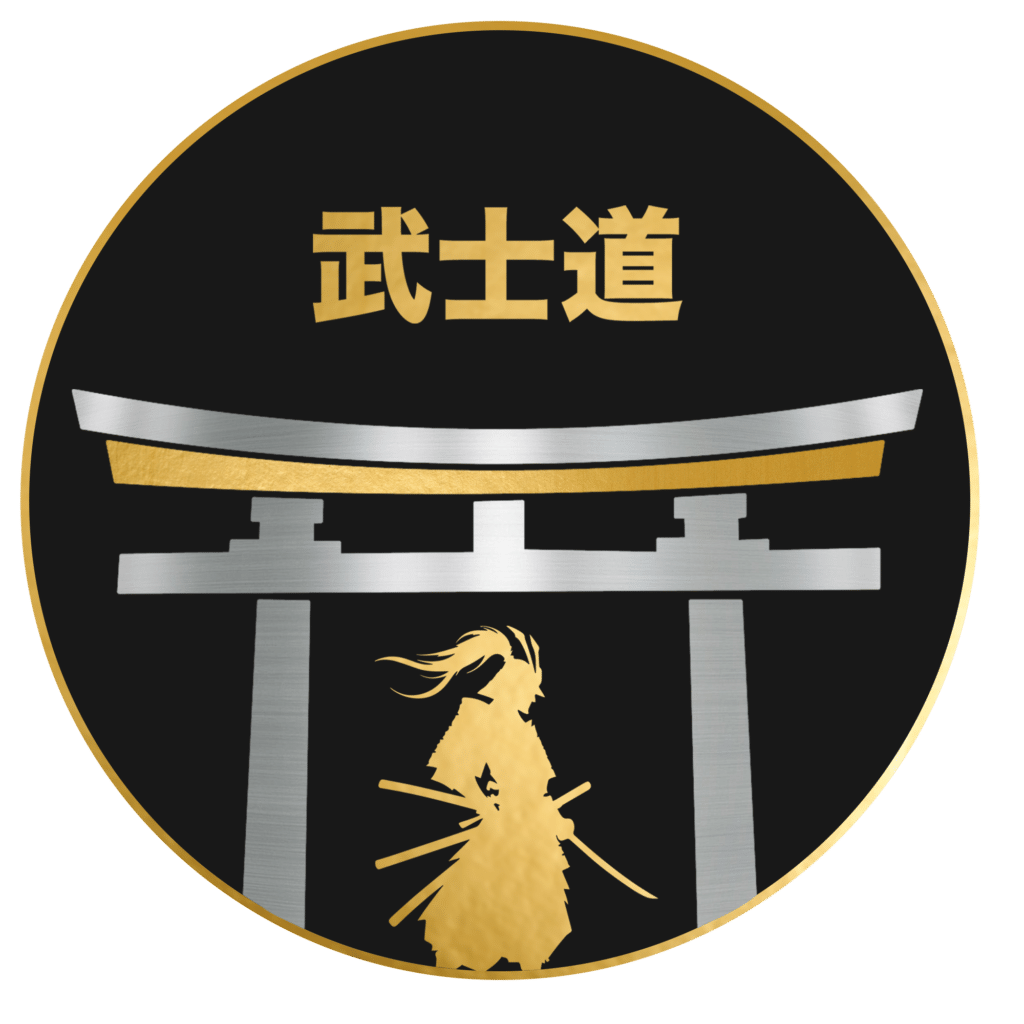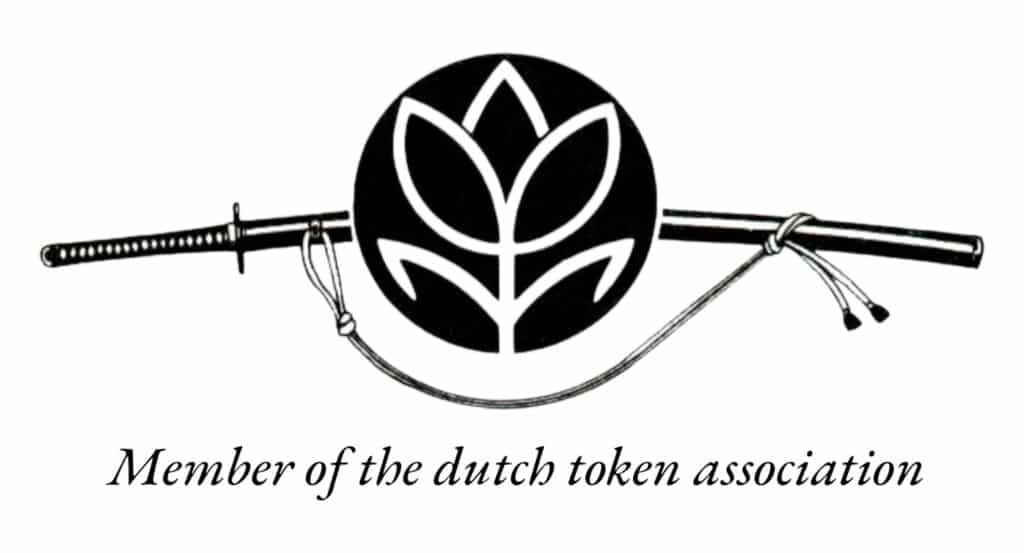Introduction – Honoring the Blade
A sword is more than steel. Armor is more than protection. Each piece holds a story—of craftsmen, warriors, and the steady passage of time. At BushidoShop.nl, restoration is a form of respect. We do not rush. We do not overwrite history. Our hands follow the spirit of the original maker, honoring both the object and its origins. Scratches, worn fittings, and faded finishes are testimonies of use and adventure, not flaws to erase. We listen to the past before we begin. For us, restoring is not about remaking; it is about honoring. In every blade, we see discipline. In every plate of armor, we see purpose. This is our tradition. This is our work.
The First Glance: Assessing History
Every item begins with quiet observation. At BushidoShop.nl, we examine each piece with patience and respect. The age, origin, and materials each tell their own story, speaking in subtle ways that only attentive hands can interpret. We look for marks of craftsmanship, signs of wear, and the unique touch of their makers—a sword’s curve, the grain of a lacquered sheath, the careful stitch of a sleeve. Each detail helps us trace the story back to its roots.
Next, we assess the condition. Some pieces bear scars that are worth preserving—living reminders of their journeys. Others call for subtle repair. Nothing is rushed, and nothing is assumed. This first glance sets the path for everything that follows, making sure that our restoration honors the spirit of the piece. We do not change what it is; we aim to reveal what it was always meant to be.
The Tools of Respect: Our Restoration Methods
Our work always begins with careful observation. Every crack, stain, and gentle warp is considered—a silent story to be heard. We select our tools purposefully: soft-bristle brushes for dust, natural fiber cloths for gentle cleaning, wooden wedges shaped by hand to adjust without damage. They are never intrusive; they only assist.
We use traditional materials—rice starch paste, raw linen threads, casein glue—each one time-tested, gentle, and reversible. Wherever possible, we avoid nails and choose classic joinery methods: mortise and tenon, butterfly keys, and wooden pegs. These assure longevity and honor the original maker’s design. We clean, but never to erase history; we preserve its patina. Every movement is small, deliberate, and unrushed, with respect guiding each step. Our goal isn’t to make the old look new, but to let its true voice be heard for years to come.
Steel and Silk: Restoring Swords
Restoring an antique sword is an act of reverence. Each blade carries history, its wear and marks whispering stories of battles and journeys survived. The purpose is not to erase these marks of time, but to honor them.
Blade Treatment
We begin by examining the blade for rust, chips, and bends. Using fine-grade whetstones, we start with a coarse stone and gradually finish with a finer one, working with patience and never with machines. This careful process preserves the soul of the steel, removing rust by hand and allowing the blade’s quiet gleam to speak—never forcing an artificial shine.
Handle Work
The handle, or tsuka, is disassembled with patience and attention. Sometimes time resists us; then, a gentle tap with a wooden mallet suffices. We check the same (ray skin) and tsuka-ito (wrapping), replacing only what must be replaced. Rewrapping is done with intention—tight, balanced, and faithful to original styles. Tradition values well-kept age over the new.
Fittings and Scabbard
Cleaning the tsuba (guard) and menuki (ornaments) involves only soft cloths, never chemicals. Polishing is reserved for active rust. The saya (scabbard) may need realignment or re-lacquering, always with natural materials. Each sword is returned to its home, treated with the utmost care.
Rebalancing
Once restoration is complete, testing the sword’s balance is crucial. A blade must feel prepared: neither heavy nor flighty. Corrections are made subtly, always respecting the original smith’s vision. Restoration is less about fixing and more about listening. Each stroke and fit is a conversation with the past—a gesture of honor.
Iron Echoes: Restoring Armour
Restoring antique armor is a measured craft, steeped in patience and tradition. Be it samurai or European, every plate and rivet is a relic of its era, and our job is to preserve, not perfect.
We start with metalwork, treating rust as a delicate adversary. Using the finest tools and minimal acids, we clean the surface gently, always preserving the patina that tells the years-old story of the armor.
Damaged areas—cracked breastplates, bent greaves, missing rivets—are restored to strength using authentic materials. Modern fixings are hidden or avoided, and where a part is missing, careful research ensures any recreation is true to history. Nothing is guessed.
Every repair respects the original maker. No step is hurried. The process is a balance—between restoration and restraint, between honoring what was and what can stand the test of today. Our work does not try to revive the past, but to respect what remains.
The Quiet Moment: Final Inspections
The workshop settles into silence. Tools are set aside. The dust has settled. It is time for final inspection.
Each restored piece is placed under steady light. Our hands move slowly over its edges and seams, eyes tracing every line and finish. We look for balance and harmony—truth, not illusion, in every detail. Even the smallest stitch or faintest patina matters, and the weight of each piece in hand must feel right.
We reference records, confirm provenance, and compare with original photographs and descriptions. The journey from broken or incomplete to restored is judged by authenticity. There is no rush to completion. Instead, reflection fills the room. The item is considered as a whole: its form, function, and spirit.
Only when everything aligns do we let the piece go. Only then is our work done.
Return to the Path: Caring for Restored Pieces
Restoration is not a reset, but a respectful return. Once restored, each sword or piece of armor maintains a fragile tension between its age and new life. Proper care ensures this harmony endures.
Handle restored items only with clean, dry hands or gloves. Natural oils and moisture can quickly undo the careful work that’s been done. Display your piece wisely, away from direct sunlight, high humidity, and extreme temperatures—these stress materials and can cause wood to warp, leather to crack, and metal to tarnish.
Store your treasures thoughtfully. Use padded mounts or stands so each item is held gently and allowed to breathe. Never rest metal against metal, nor leather against wood. Clean infrequently, using a soft, dry cloth. Avoid modern cleaners or polishes. If you spot rust or notice something amiss, consult a specialist before attempting repairs.
Regular, gentle inspections—checking for spots, new smells, or loosened fittings—are far more effective than frequent handling. When in doubt, pause. A quiet, vigilant approach ensures each piece’s story continues in dignity. Your commitment to careful stewardship keeps history alive. Like a disciplined practitioner, tend to these items with steady hands and a respectful heart.





